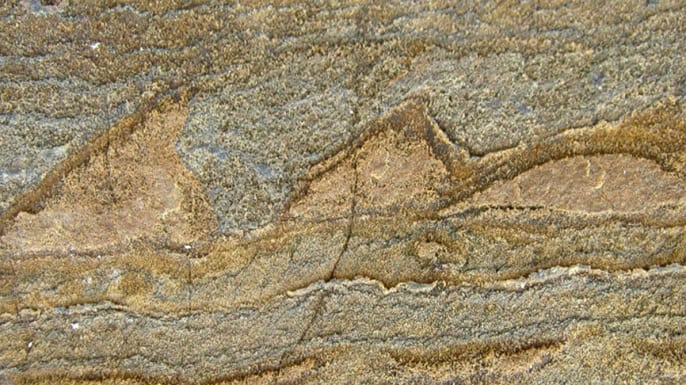New York: An analysis of ancient fossil microorganisms indicates that life on Earth evolved very early on the planet’s history at least about 3.5 billion years ago.
The microorganisms were found preserved in rocks from Western Australia.
Two of the species the researchers studied probably performed a primitive form of photosynthesis, another apparently produced methane gas, and two others consumed methane and used it to build their cell walls, suggests the study published in the journal Proceedings of the National Academy of Sciences.
“By 3.465 billion years ago, life was already diverse on Earth,” said the study’s lead author William Schopf, Professor of Paleobiology at University of California.
“These are the first data that show the very diverse organisms at that time in Earth’s history and our previous research has shown that there were sulfur users 3.4 billion years ago as well,” Schopf said.
“This tells us life had to have begun substantially earlier and it confirms that it was not difficult for primitive life to form and to evolve into more advanced microorganisms,” Schopf added.
The evidence that a diverse group of organisms had already evolved extremely early in the Earth’s history strengthens the case for life existing elsewhere in the universe because it would be extremely unlikely that life formed quickly on Earth but did not arise anywhere else, the study suggests.
But scientists still do not know how much earlier life might have begun.
“But if the conditions are right, it looks like life in the universe should be widespread,” Schopf said.
The study conducted detailed analysis of the microorganisms preserved in ancient fossils. The rocks we studied are about as far back as rocks go,” Schopf said.
For the research, the researchers analysed the microorganisms with a technology called secondary ion mass spectroscopy, or SIMS, which reveals the ratio of carbon-12 to carbon-13 isotopes — information scientists can use to determine how the microorganisms lived.
The fossils were formed at a time when there was very little oxygen in the atmosphere.
Advanced photosynthesis had not yet evolved, and that oxygen first appeared on Earth approximately half a billion years later before its concentration in our atmosphere increased rapidly starting about two billion years ago, he said.
Oxygen would have been poisonous to these microorganisms and would have killed them, he said.
Primitive photosynthesisers are fairly rare on Earth today because they exist only in places where there is light but no oxygen — normally there is abundant oxygen anywhere there is light.
While the study strongly suggests the presence of primitive life forms throughout the universe, Schopf said the presence of more advanced life is very possible but less certain.
IANS

